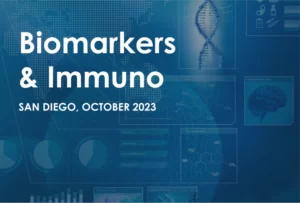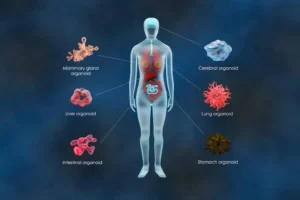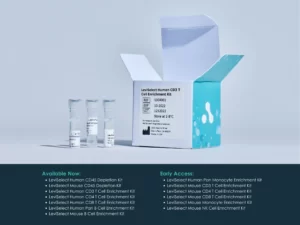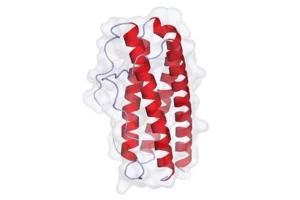Amy Hamilton is an Applications Support Manager who spent years in the single-cell space, before deciding to embark on a new adventure with LevitasBio. She provides application and field support to our EMEA team and customers. We recently chatted with Amy to learn more about her background and what led to come aboard.

Answers have been edited for clarity.
Can you tell us a little bit about your background?
I started my career in molecular biology so I have always loved working with DNA and RNA. After working in an academic lab for six years, I realized that academia was not the best fit for me and decided it was time to explore industry. My first commercial position was in Application Support, which suited both my bench experience as well as my personality. I really enjoy this role because you get to flex a whole host of muscles: teaching, troubleshooting, problem-solving, unraveling complex situations, and reaching actionable solutions. You are close to the science through your customers, and get to share in their enthusiasm while supporting their discoveries.
What was your first impression of the LeviCell technology?
I actually first learned of this technology back in 2018. When LevitasBio commercialized this product in mid-2020, and I had follow-up conversations with Martin (CEO) and Paul (CCO), I could immediately see the potential of levitation technology and was excited by the possibilities for it in the future. When the opportunity arose, I was thrilled to join this small and growing company which offers me the chance to see it reach that potential.
How does the LeviCell technology fit with other single-cell methodologies?
This technology is genuinely simple and easy to handle, which makes it straight-forward to teach. It stands out amongst other cell-based technologies because it is elegant in its simplicity.
Where do you think the single-cell analysis market is headed?
I had a front-row seat to the evolution of the single-cell market at my former company. Just to be able to capture single cells and make libraries was a big deal when it first began.. Nowadays, we know that it is extremely important to have quality starting materials to make a library that is scientifically accurate, so there is a bigger focus on quality today compared to the very beginning. Improving the quality of the data that is extracted from single cells is where the LeviCell technology comes in. You need to put high-quality samples into your workflow. The question every researcher and scientist should be asking themselves is “How good is my starting material, and how can I improve the quality of that starting material to get the most accurate data possible?”
Why is it important to have quality samples for single-cell analysis?
You learn information about single cells (through single-cell analysis) by grouping cell types that share similar gene expression patterns, allowing you to define cell phenotypes based on the groups you see. If you are maximizing the live-cell cohorts that go into single-cell experiments, you are maximizing the amount of high-quality information, and that can completely change the picture of your data, allowing you to discover new patterns and potentially new cell phenotypes. LeviCell has the opportunity to show that to the market.
Any closing thoughts?
In the beginning, nobody thought single-cell sequencing was a necessity. We were content with bulk sequencing because that was the most advanced technology at the time. We now know we can miss a lot of information without single-cell approaches. Single-cell genomics and proteomics are therefore crucially important techniques, and answers at single-cell resolution require quality input. The LeviCell technology is in the right place at the right time to address this problem.







